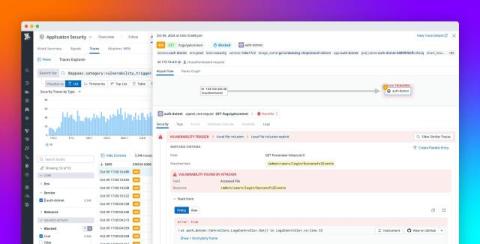The Role of Pretexting in Cyber Attacks
A threat actor sends an email to a user at an organization claiming to be from the IT department. They need a password to a critical application, and the email is convincing – it mentions aspects of the application that would only be known to the user, it brings up a recent update email that was sent out company wide, and it even closes with a friendly, “Hope to see at next week’s happy hour!” in the sign-off.











